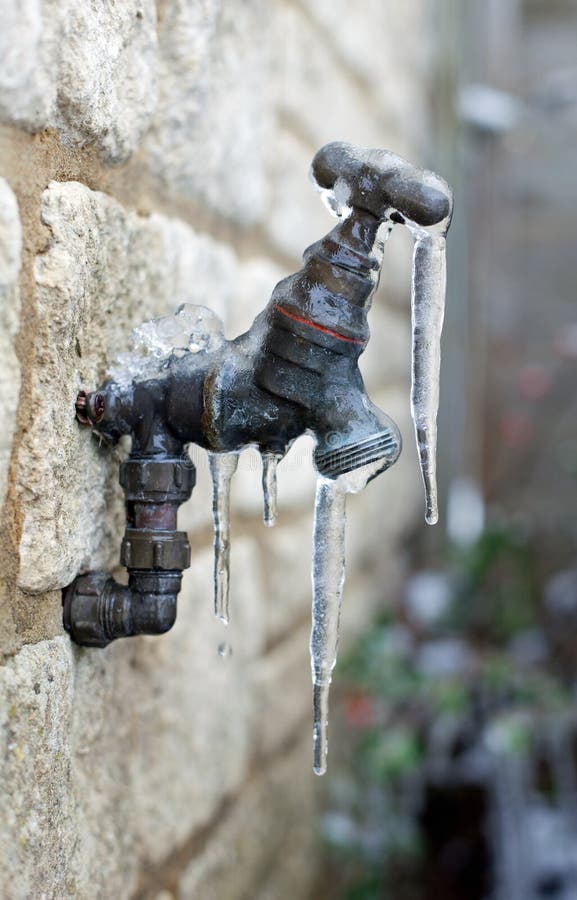Crucial Advice to Protect Against Frozen Plumbing in Winter
VisitWhat are your opinions on How to Prevent Your Pipes From Freezing?

Winter can damage your pipes, particularly by freezing pipelines. Right here's just how to stop it from taking place and what to do if it does.
Intro
As temperature levels drop, the risk of frozen pipelines rises, potentially leading to expensive repair services and water damage. Understanding how to avoid frozen pipes is vital for house owners in cold environments.
Recognizing Frozen Pipelines
What causes pipes to ice up?
Pipelines freeze when subjected to temperature levels below 32 ° F (0 ° C) for expanded periods. As water inside the pipelines ices up, it expands, putting pressure on the pipeline walls and potentially triggering them to rupture.
Threats and problems
Frozen pipes can bring about water system disturbances, building damage, and pricey repairs. Ruptured pipelines can flood homes and create considerable structural damages.
Signs of Frozen Piping
Determining frozen pipes early can avoid them from rupturing.
How to recognize frozen pipelines
Try to find decreased water circulation from faucets, unusual smells or noises from pipelines, and noticeable frost on subjected pipelines.
Prevention Tips
Protecting vulnerable pipes
Cover pipes in insulation sleeves or make use of warm tape to safeguard them from freezing temperature levels. Concentrate on pipelines in unheated or exterior areas of the home.
Home heating techniques
Maintain indoor areas sufficiently heated, particularly locations with pipes. Open up cabinet doors to enable cozy air to distribute around pipelines under sinks.
Safeguarding Outside Plumbing
Garden hoses and exterior taps
Detach and drain pipes yard pipes before wintertime. Mount frost-proof faucets or cover outdoor faucets with insulated caps.
What to Do If Your Pipes Freeze
Immediate actions to take
If you believe icy pipelines, keep faucets open up to relieve stress as the ice melts. Use a hairdryer or towels taken in hot water to thaw pipelines slowly.
Long-Term Solutions
Structural modifications
Consider rerouting pipelines away from outside walls or unheated areas. Include added insulation to attics, cellars, and crawl spaces.
Upgrading insulation
Purchase top quality insulation for pipelines, attics, and wall surfaces. Correct insulation assists maintain regular temperatures and minimizes the danger of frozen pipelines.
Conclusion
Protecting against frozen pipelines requires positive actions and fast actions. By recognizing the causes, indicators, and safety nets, house owners can secure their pipes during winter.
5 Ways to Prevent Frozen Pipes
Drain Outdoor Faucets and Disconnect Hoses
First, close the shut-off valve that controls the flow of water in the pipe to your outdoor faucet. Then, head outside to disconnect and drain your hose and open the outdoor faucet to allow the water to completely drain out of the line. Turn off the faucet when done. Finally, head back to the shut-off valve and drain the remaining water inside the pipe into a bucket or container. Additionally, if you have a home irrigation system, you should consider hiring an expert to clear the system of water each year.
Insulate Pipes
One of the best and most cost-effective methods for preventing frozen water pipes is to wrap your pipes with insulation. This is especially important for areas in your home that aren’t exposed to heat, such as an attic. We suggest using foam sleeves, which can typically be found at your local hardware store.
Keep Heat Running at 65
Your pipes are located inside your walls, and the temperature there is much colder than the rest of the house. To prevent your pipes from freezing, The Insurance Information Institute suggests that you keep your home heated to at least 65 degrees, even when traveling. You may want to invest in smart devices that can keep an eye on the temperature in your home while you’re away.
Leave Water Dripping
Moving water — even a small trickle — can prevent ice from forming inside your pipes. When freezing temps are imminent, start a drip of water from all faucets that serve exposed pipes. Leaving a few faucets running will also help relieve pressure inside the pipes and help prevent a rupture if the water inside freezes.
Open Cupboard Doors
Warm your kitchen and bathroom pipes by opening cupboards and vanities. You should also leave your interior doors ajar to help warm air circulate evenly throughout your home.

I ran across that piece about Helpful Tips to Prevent Frozen Pipes this Winter while doing a search on the search engines. In case you enjoyed our post plz make sure you remember to pass it around. We enjoy your readership.
Call Today